According to the latest statistics from the Japan Tourism Agency, in 2024, there were more than 25 million international visitors, with Vietnam ranking among the top 5 countries with the fastest growth rate.
Basic Introduction to Traveling in Japan
Japan has long become a dream destination for millions of travelers around the world. Located in modern Asia yet carrying a thousand years of tradition, Japan is the land where advanced technology meets unique seasonal landscapes and distinctive cultural experiences.
According to many Japan travel experiences, the country’s strengths do not only lie in cherry blossoms or autumn leaves. Japan also stands out for its delicate cuisine, safe environment, and rich cultural experiences. Japan is a suitable choice for families, groups of young explorers, or anyone seeking a holiday that combines shopping and tradition.
Choosing the Best Time to Visit Japan
One of the most noteworthy travel tips for Japan is choosing the right season to begin your journey. Japan has four distinct seasons, each offering a unique experience. Therefore, picking the right time to visit Japan not only impacts the cost but also plays a crucial role in shaping the overall emotional experience of the trip.
Spring
It is often said that a trip to Japan is incomplete without viewing cherry blossoms. In spring, major cities like Tokyo and Kyoto are covered in a dazzling pink, creating a rare romantic atmosphere. This is also peak tourist season, so travelers should book flights and hotels early to avoid sold-out tickets or rising prices.
Summer
If you enjoy lively atmospheres, summer in Japan is the right choice. The Hanabi fireworks festivals, especially the Sumida Festival in Tokyo with hundreds of thousands of attendees, bring unforgettable excitement. In addition, Okinawa’s blue beaches or Kamakura near Tokyo are ideal escapes from the heat, combining relaxation with cultural discovery.
Autumn
Nature lovers often choose autumn to visit Japan. When maple leaves turn shades of red, yellow, and orange, the entire country transforms. Nikko, Kyoto, and Hokkaido are all popular destinations during this time. Many Japanese people also travel in autumn, giving you a chance to immerse yourself in local life instead of just seeing things from a tourist’s perspective.
Winter
For those passionate about skiing and snow, winter is unmissable. Hokkaido is famous for the Sapporo Snow Festival, attracting millions of international visitors annually. Ski resorts in Nagano and Niseko are also bustling, offering both festive and sporty experiences.
Clearly, each season in Japan has its own charm. A useful travel tip is to define what you want most—cherry blossoms, festivals, autumn leaves, or snow—then choose the most suitable season.
Things to Prepare Before Your Trip
To ensure a complete journey, preparing procedures and travel plans in advance is essential. Japan requires a tourist visa. Although the process is not too complicated, you must prepare documents such as a valid passport, application form, proof of finances, and an itinerary. To save time and avoid mistakes, you can contact Japan tourist visa services iVISA for complete assistance with your Japan tourist visa, from consultation to submission and results.
Another important Japan travel experience is booking flights and hotels early. Flight tickets are often cheapest when booked 2–3 months in advance. You can choose Vietnam Airlines, ANA, Japan Airlines, or budget airlines like Peach and Jetstar Japan.
For accommodation, prioritize hotels near train stations for convenient travel. Tokyo and Osaka offer a wide range, from budget capsule hotels to premium 4–5-star hotels. Platforms like Booking, Agoda, or Airbnb make it easier to compare prices and services.
Cost of Independent Travel in Japan
When calculating your Japan travel budget, prepare for flights, SIM cards, meals, accommodation, transportation, sightseeing, and other expenses.
- Flight tickets: Round-trip Hanoi–Tokyo tickets booked directly on airline websites usually range from 10–13 million VND. Booking through intermediaries, Ho Chi Minh City–Tokyo flights can cost from only 4 million VND.
- SIM card costs: Physical SIM cards range from 120,000–1,240,000 VND depending on the package. eSIMs are more convenient, costing 240,000–530,000 VND.
- Food costs: A budget meal such as Gyudon or Ramen costs only 300–700 yen. On average, you will spend 3,000–5,000 yen/day.
- Accommodation costs: Budget hostels cost 350,000–400,000 VND/night. Mid-range hotels cost 1.5–2 million VND/night, while traditional ryokans or luxury hotels start from 2–3 million VND/night.
- Transportation costs: Within cities, MRT and bus travel costs 400,000–1,000,000 VND/day. A Shinkansen ride from Tokyo to Osaka costs around 2.5 million VND/leg.
- Sightseeing costs: Tokyo Disneyland tickets cost about 1.5 million VND, Universal Studios around 1.54 million VND. Some spots, like Fushimi Inari Shrine, are free.
- Other expenses: Travel insurance ranges from 500,000–1,500,000 VND, currency exchange or credit card fees are 1–3%, hotel laundry costs 40,000–90,000 VND/item.
Japanese Etiquette and Practical Experiences When Traveling
Japanese Etiquette
Traveling in Japan surprises many people with its strict rules of etiquette. In big cities like Tokyo or Osaka, most people remain silent on trains, even during rush hour. A JR East survey in 2023 showed that 87% of passengers believe staying quiet is basic courtesy. For Vietnamese tourists, this may feel strange at first, but observing others helps explain why no one talks loudly or answers phone calls on trains.
Practical Travel Experiences
Patience in queuing is a key part of Japanese life. At Shinjuku Station—handling more than 3.5 million people daily—you will still see orderly lines with no pushing.
Dining etiquette is also clear. At small ramen shops in Kyoto, many visitors are surprised that Japanese customers leave immediately after finishing, making space for others. With only about 10 seats, sitting too long is considered inconsiderate. In large restaurants, the absence of tipping also surprises many foreign tourists, as Japanese people see it as inappropriate.
Shopping and Japanese Culinary Experiences
A trip to Japan is more fulfilling if you not only visit scenic spots but also shop and explore food culture. This allows you to deeply understand Japanese lifestyle and traditions.
Shopping for Souvenirs
- Gift-giving is important in Japanese culture, so souvenirs are always thoughtfully designed. In Tokyo’s malls or busy shopping streets, colorful stalls showcase attractive specialties.
- Traditional sweets are the most popular souvenirs. From soft mochi to dorayaki filled with red bean paste, all are carefully packaged, reflecting Japanese attention to detail. According to JNTO statistics, 65% of Asian tourists choose Japanese sweets as gifts. Matcha green tea is also a signature option. Just a pack of matcha powder or matcha-flavored cakes can bring home the authentic taste of Kyoto.
- For modern shoppers, Japanese beauty and health products—such as Shiseido or DHC—are practical and globally recognized for their quality.
Unique Japanese Cuisine Through Taste
Japanese food goes far beyond sushi and sashimi. Each region has specialties reflecting local habits and character.
In Tokyo, the Tsukiji fish market is a paradise for uni (sea urchin) or maguro (tuna) lovers. In Osaka—nicknamed the “kitchen of Japan”—you cannot miss takoyaki and okonomiyaki, street foods costing only 400–800 yen/portion but rich in local flavor.
Japan Travel’s FAQs
Should I travel independently or with a tour?
If you are young, love exploring freely, and want to save money, independent travel is the best option. However, for families with children or elderly members, package tours provide more safety and convenience, especially if you do not speak Japanese.
Which expenses take up the largest part of the trip?
Accommodation often accounts for the largest share, especially in Tokyo or Osaka, where 3-star hotels cost 1.5–2 million VND/night. Choosing homestays or capsule hotels can reduce expenses by up to 40%, making the trip more affordable.
What challenges might I face when traveling independently?
Language barriers and the complex railway system are the biggest challenges. The simplest solution is to download Google Maps, Google Translate, and learn a few basic phrases like “Sumimasen” (excuse me) or “Arigatou” (thank you). These small things make a big difference.
Which aspects of Japanese culture surprise Vietnamese tourists?
Japanese people are serious about queuing, rarely accept tips, and often avoid direct eye contact when talking. These cultural differences both surprise and impress many travelers.
Should I buy a 4G SIM or WiFi?
The answer is yes. Internet connection helps you check itineraries, translate signs, and find restaurants. A 4G SIM in Japan costs about 700–1000 yen/day, which is more convenient than public WiFi.
But are these Japan travel experiences enough for a complete trip? Start preparing your visa today with iVISA and get ready to pack your bags and fly! Japan is waiting for you!
- Add: Số 99 Nguyễn Thị Nhung, phường Hiệp Bình, TPHCM
- Hotline: 0937 999 610
- Email: info.ivisatravel@gmail.com

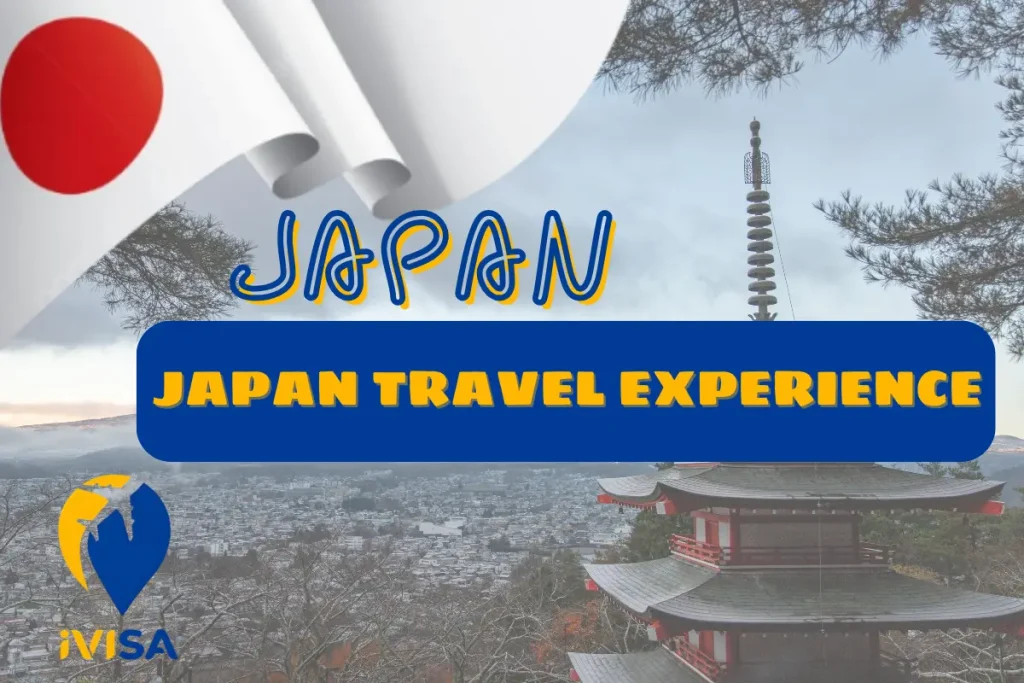
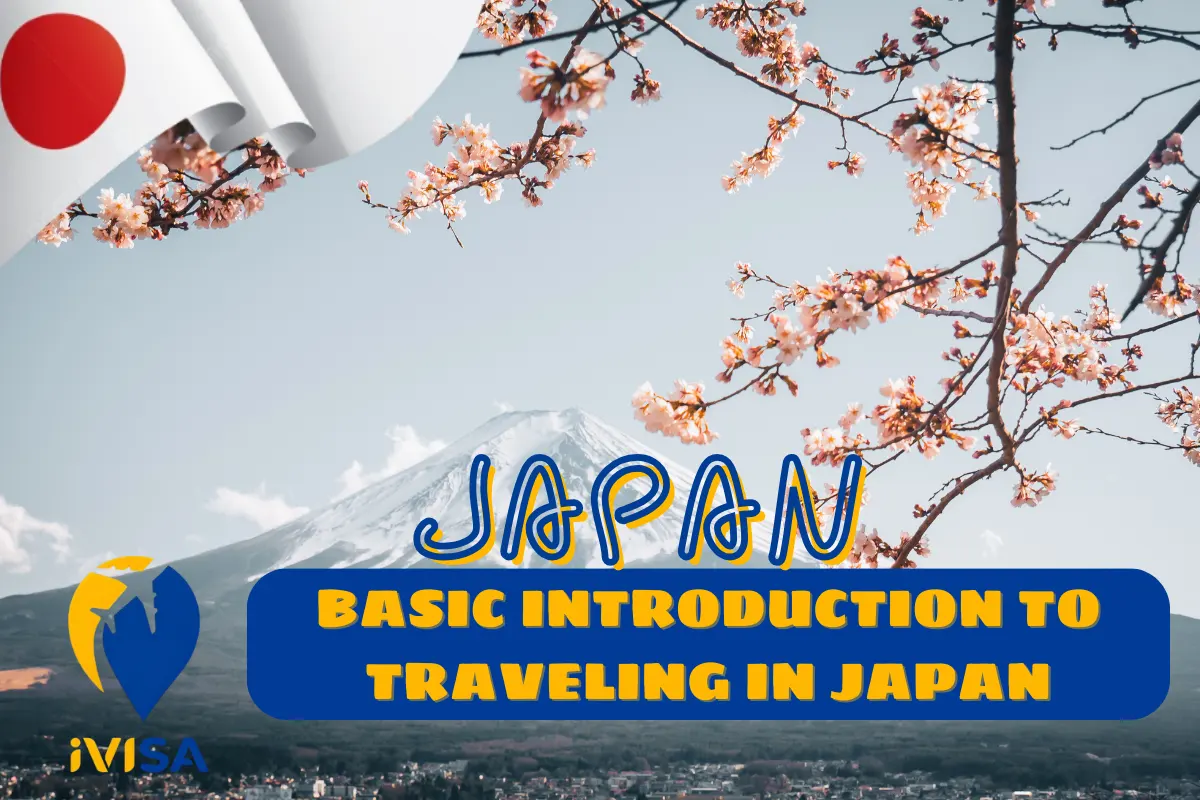
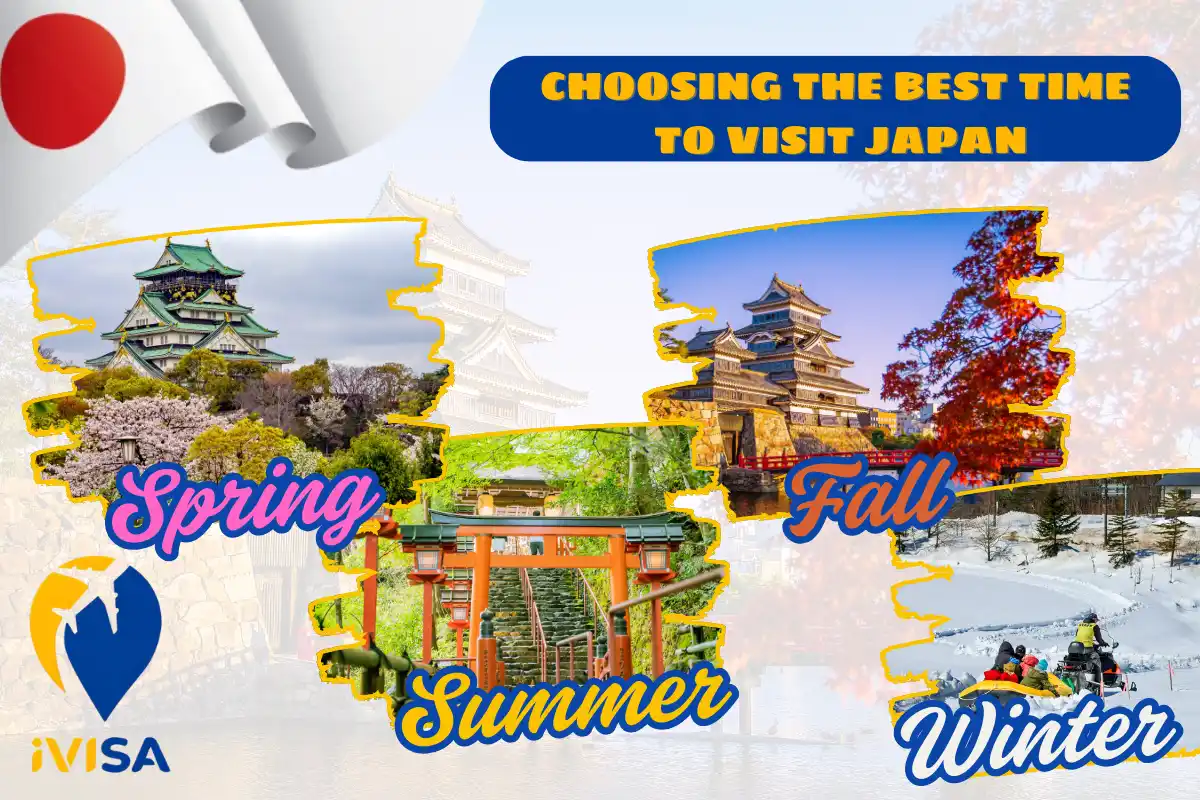
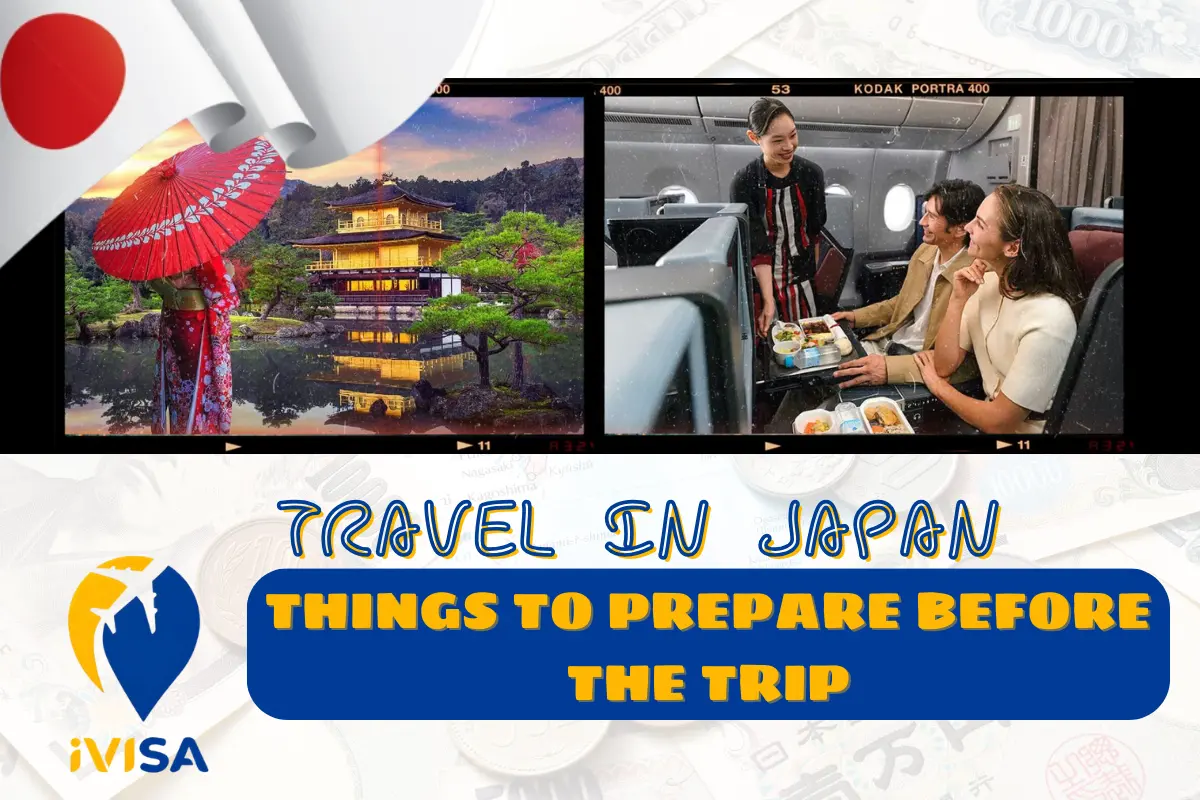
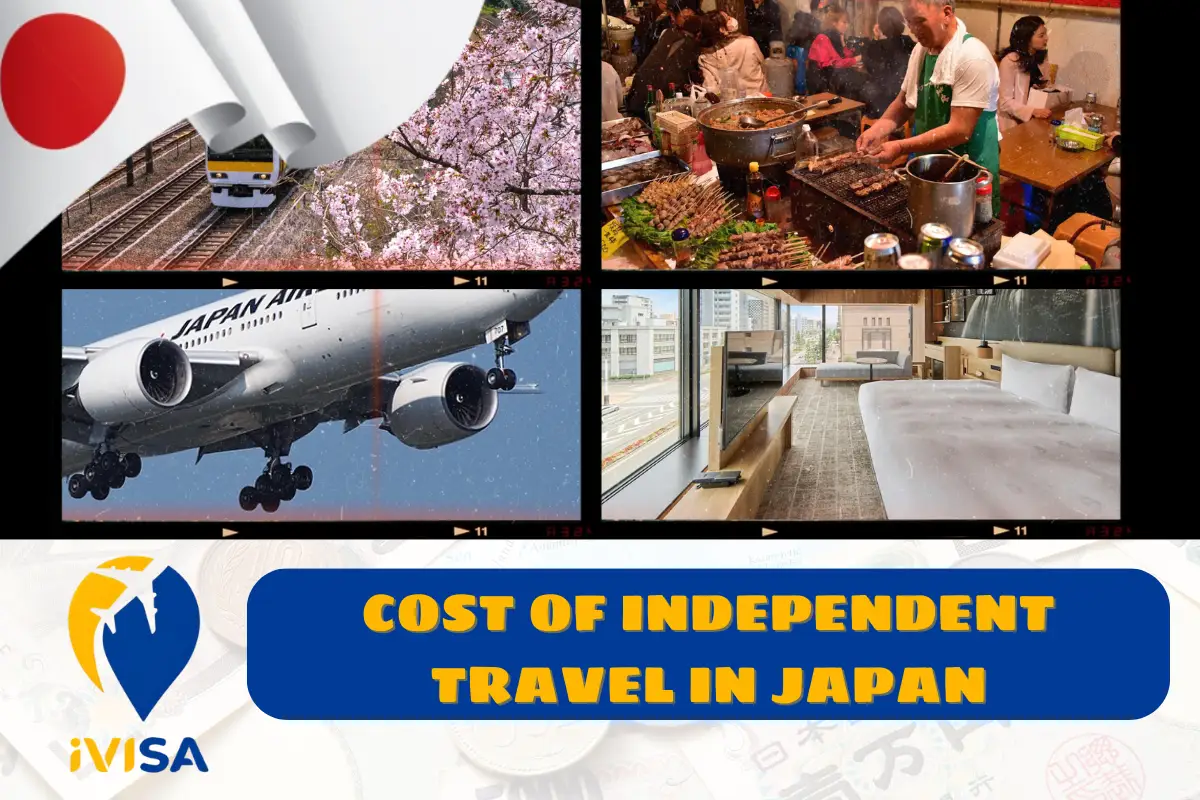
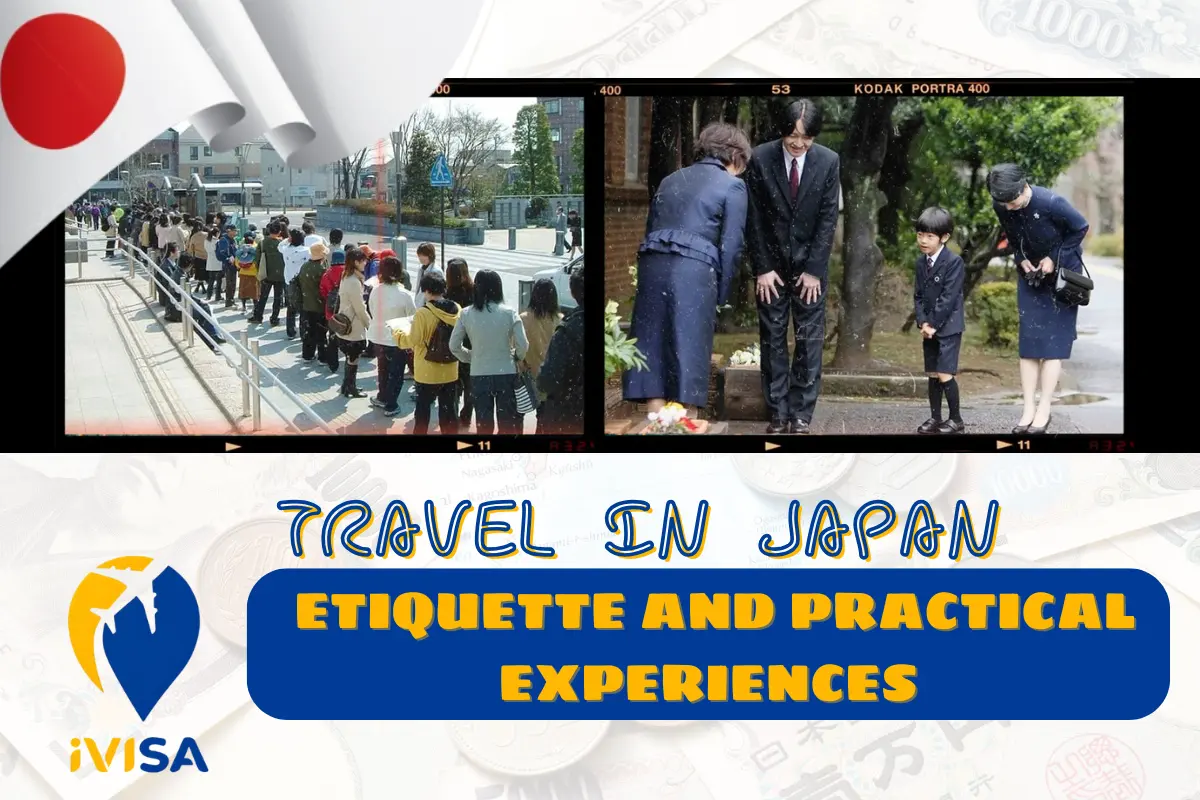
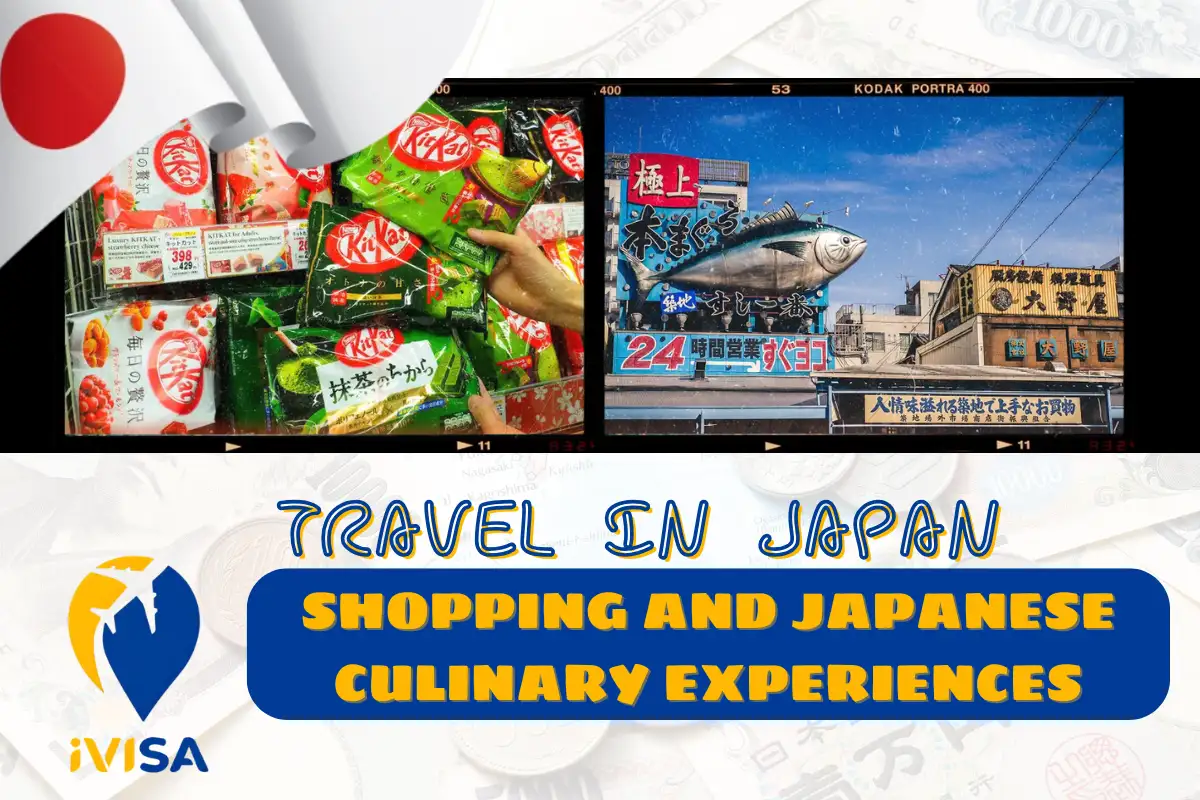
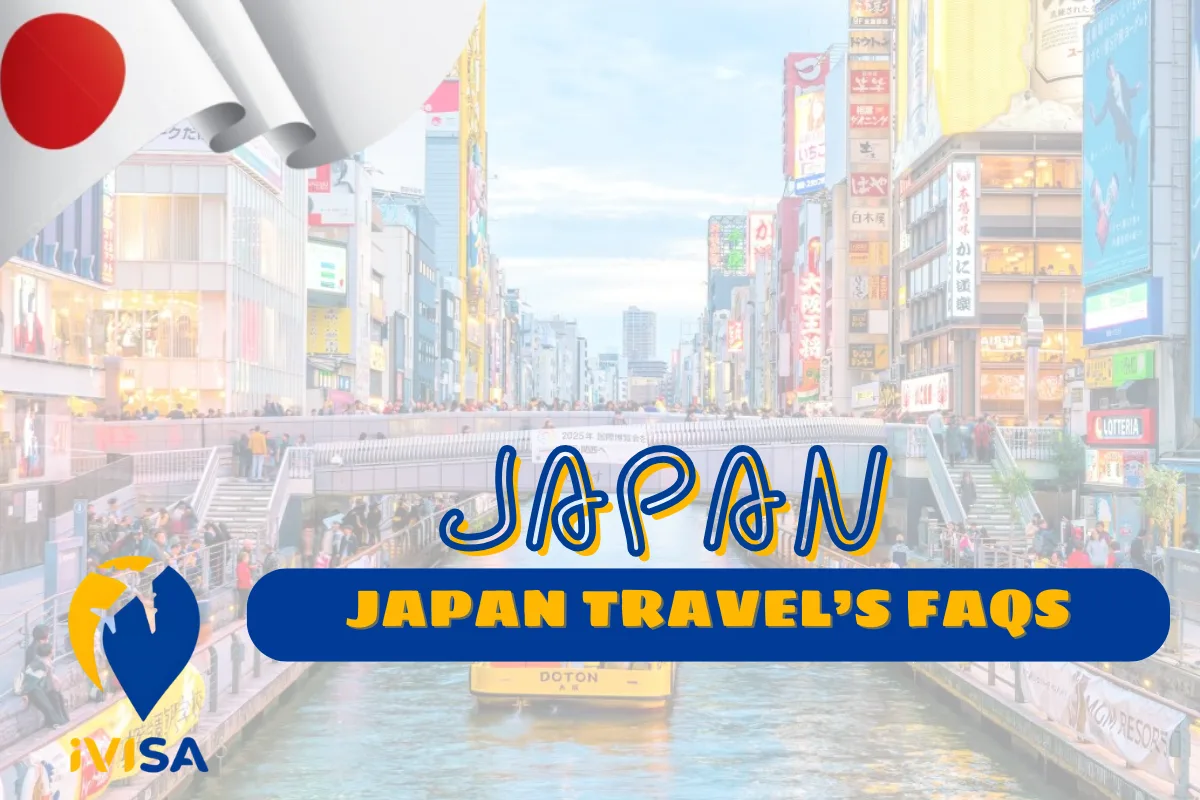
Pingback: South Korea Travel Experience 2025